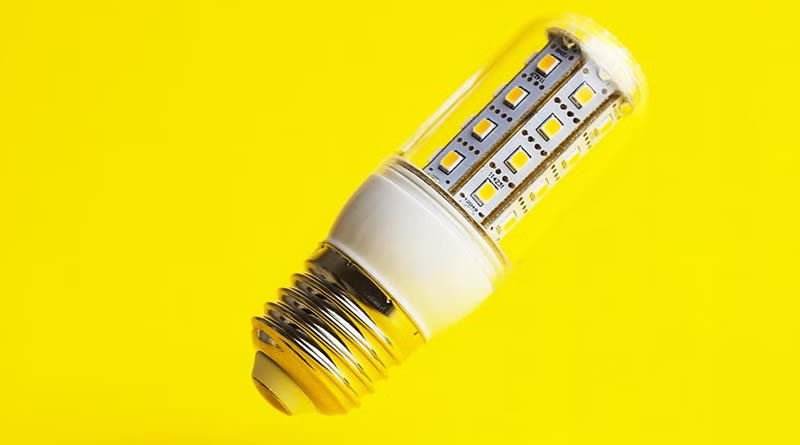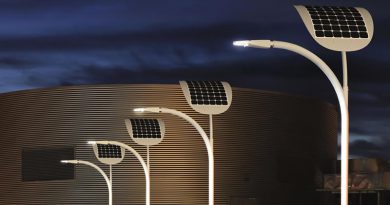Understanding LED Lighting: Exploring Its Definition and Advantages
In recent years, LED lighting has gained significant popularity and become a dominant player in the lighting industry. But what exactly is LED lighting, and what are its advantages? In this article, we delve into the world of LED lighting, shedding light on its definition, functionality, and the benefits it offers. By understanding the ins and outs of LED lighting, you can make informed decisions when it comes to lighting your spaces and reaping the advantages it brings.
Definition of LED Lighting
LED stands for Light Emitting Diode, and LED lighting refers to the use of these diodes as a source of illumination. Unlike traditional incandescent or fluorescent bulbs, which rely on heating filaments or gas discharge to produce light, LEDs work through the phenomenon of electroluminescence. When an electric current passes through a semiconductor material within the diode, it emits light. LEDs are known for their energy efficiency, durability, and versatility, making them a popular choice in various lighting applications.
Advantages of LED Lighting
- Energy Efficiency: LED lighting is renowned for its exceptional energy efficiency. Compared to traditional lighting sources, such as incandescent bulbs, LEDs consume significantly less electricity to produce the same amount of light. This energy-saving characteristic translates to reduced electricity bills and a smaller environmental footprint.
- Long Lifespan: LEDs have an impressive lifespan, often lasting tens of thousands of hours. This longevity is due to their solid-state construction, which eliminates fragile components like filaments or glass tubes. By investing in LED lighting, you can enjoy years of maintenance-free illumination.
- Durability: LED lighting fixtures are highly durable and resistant to shocks, vibrations, and temperature fluctuations. Unlike traditional bulbs, LEDs do not easily break or shatter, making them ideal for both indoor and outdoor applications.
- Instantaneous On/Off: LEDs offer instant illumination when switched on, without any warm-up time. This feature is particularly useful in environments where immediate lighting is required, such as security lighting or task lighting.
- Design Flexibility: LED lighting allows for versatile design possibilities. LEDs come in a range of sizes, shapes, and colors, enabling designers and homeowners to create customized lighting solutions that suit their specific aesthetic preferences and requirements.
- Environmental Friendliness: LED lighting is environmentally friendly in several ways. Its energy efficiency reduces greenhouse gas emissions associated with electricity generation. Additionally, LEDs do not contain hazardous substances like mercury, found in some other types of bulbs, making them safer to use and dispose of.
- Directional Lighting: LEDs emit light in specific directions, which makes them highly suitable for applications requiring focused lighting, such as task lighting or accent lighting. This directional characteristic reduces light wastage and allows for better control of light distribution.
Conclusion
LED lighting has revolutionized the lighting industry with its energy efficiency, longevity, durability, and design flexibility. Its advantages extend beyond just cost savings and environmental benefits, as LEDs offer instantaneous illumination, design versatility, and directional lighting capabilities. By embracing LED technology, you can create well-lit and visually appealing spaces while enjoying the long-term advantages it brings. Whether it’s for residential, commercial, or outdoor applications, LED lighting continues to illuminate our lives in more ways than one.




